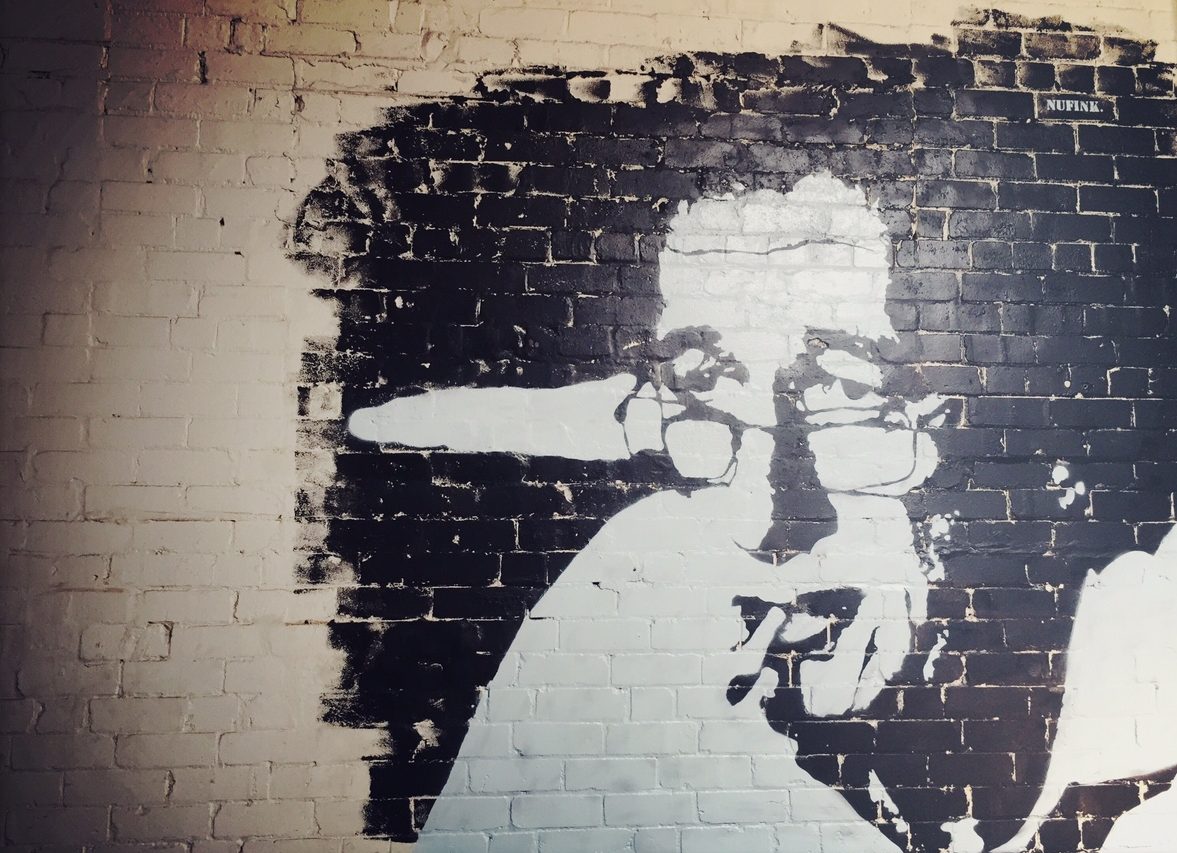“As any observer of urban renewal knows, artists have a long track record of cultivating an energy that often evolves a place into a true experience, generating creative spaces and an innovative atmosphere that locals and visitors can enjoy.”
Sunshine Flint, BBC
But in Sydney, as a scourge of developers raze the last vestiges of Sydney’s industrial inner heart – Redfern, Chippendale, St Peters, Marrickville and beyond – affordable creative space in the city is fast disappearing. The old warehouses that house eclectic and inspiring creative spaces are choking on the dust of construction, crumbling at the strappy-heeled feet of rapid-fire cookie-cutter apartment blocks that snarl for space, reaching higher into the light to… find the light.
While much is made of work/live development masterplans and white papers that suggest new apartment dwellers should work and live in the same space, this is rarely the case and ultimately shared collaborative space is the casualty, ripped out at the roots, never to be replaced.
It’s happened before, this turning of pages and blanking of spaces, the gentrification of the urban soul – London, Paris, Tokyo, New York; now Sydney. And it will continue to happen. But at what cost? What is it that we are erasing?
A former Redfern nunnery, left vacant and crumbling on the corner of William and George Streets, was once home to Bill + George, a “fanciful beast” and artist-run space for many years before a protracted legal fight ensued, which the landlord won.
The famed Streets ice-cream factory deep in the heart of Turrella, supported over 35 emerging artists, who inhabited the sticky warren of freezer rooms and paddle-pop pantries with a twisted appreciation of decrepit space for almost eight years. But in 2007, anarchist art collective Mekanarky Studios melted beneath the fierce glare of the developers’ sights, pooling disconsolately into the gutters. Her artists moved on with pirate-like perseverance to forge new spaces (Tortuga Studios, Salmagundi Studios) but her cavernous halls, crumbly walls and roof that lead to the stars will always be missed.
The list is long of the ones we have lost: Bill + George, Lanfranchis and its memorial discotheque, Imperial Slacks, Space 3, The Wedding Circle, and most recently Salmagundi Studios…
Warehouse people, we are lovers of saw-toothed roofs, peeling paint, shredded steel, gnarly machines squatting in corners, rusted pipes, jagged metal and time-worn concrete. There is soul in these old places, lingering memories that haunt and placate, and there is a ready haul of artists, makers and creatives who are driven to re-interpret the space, playing with the ambiguity that creates.
Put simply, the reinvention of the once booming industrial spaces of yesteryear is a vital link to ensuring our cities are not scoured clean of the rich cultural capital that is invested within them.
Artist Jasmine Poole, who’s series Breeding Ground is concerned with the re-interpretation of space and material, suggests “in light of the churning process of gentrification we question the current reality of cultural gain versus capital gain by entertaining the idea that alternate realities can begin to thrive in these spaces”.
And the alternative is bleak, a leaching of the sticky stuff that holds our societies together. As Peter Bazalgette writes in The Guardian,
Imagine society without the civilising influence of the arts and you’ll have to strip out what is most pleasurable in life – and much that is educationally vital. Take the collective memory from our museums; remove the bands from our schools and choirs from our communities; lose the empathetic plays and dance from our theatres or the books from our libraries; expunge our festivals, literature and painting, and you’re left with a society bereft of a national conversation … about its identity or anything else.
Increasingly, the world over, examples of tactical urbanism see land being reclaimed for the use of the community, making urban spaces more human centred. And it is now widely believed that the shared creative environments of a city are its gems, hybrid spaces that coddle the thump of its beating heart. In the OASE Journal for Architecture these spaces are discussed as often having “iconic value”, and “operating as a microcosm of the urban condition and replicating the complexity of urban space”.
So is it not worth considering that the cradles of our artistic inspiration, these decaying behemoths seemingly held together with spit and promise, are worth saving?
In this preening city, with its turquoise seas and malachite necklace of bush, it’s brash commercialism and explosive property market, you’d be forgiven for thinking that no-one cared any longer, that the steady romp of development was eating the place whole, spewing chewed bones of the past in its wake.
And mostly, this is true. What is required is a check on the out-of-control overdevelopment of industrial areas, the searing away of their light industrial status to be replaced with cultural cul-de-sacs, a journey to nowhere and back. We are painfully aware of the housing crisis in Sydney, but erecting teetering boxes to house people is not an investment in community. In fact, it is the opposite, lacking not only infrastructure, communal engagement and integrity, but heart.
There is a burning need for some sort of protection for the creative spaces that do still exist in the inner city – they are widely acknowledged and appreciated, but there is little in the way of ongoing support or sanctuary from the churning political and economic maelstrom they exist within. Without them, the communities they forged and support, will be left in cultural limbo.
There is no doubt real estate is a blood sport, trophy hunters in the hunt and kill of the urban safari, razing the cover to raise the stakes…
But at this stage, benevolent compassion may be our only hope, to save the creative collaborative spaces of this city before they are hunted to extinction.















